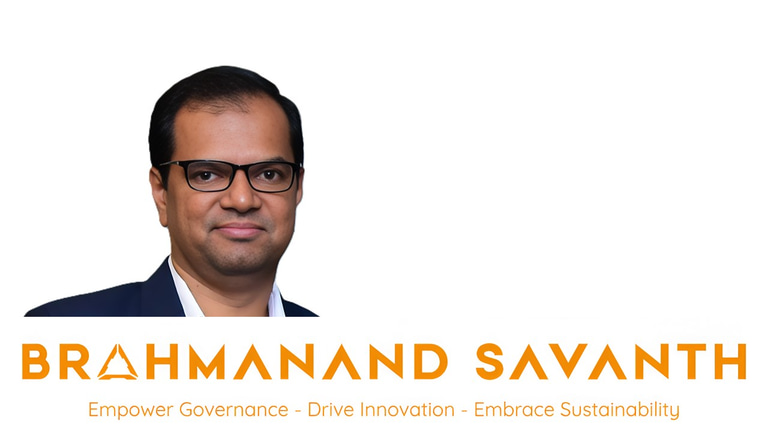Strengthening Operations Through Governance and Transparency A Strategic Imperative - Published in Stalwartz magazine
This article explores the significance of governance and transparency in operations, the core components of an effective governance framework, and best practices for achieving operational transparency.
BLOG
Brahmanand Savanth
5/17/20242 min read


In a complex business environment, effective governance and transparency in operations are crucial for maintaining stakeholder trust, ensuring regulatory compliance, and fostering sustainable growth. As organizations navigate through increasing scrutiny and evolving expectations, the implementation of robust governance frameworks and transparent practices has become a strategic imperative.
The Importance of Governance and Transparency
Governance and transparency are foundational to the integrity and success of any organization. They provide a structured approach to decision-making, risk management, and accountability, ensuring that operations align with organizational goals and ethical standards. Key reasons why these elements are critical include:
Stakeholder Trust: Transparent operations and strong governance practices build trust with stakeholders, including customers, investors, employees, and regulators. This trust is essential for long-term relationships and organizational reputation.
Regulatory Compliance: Adhering to governance frameworks ensures compliance with laws and regulations, mitigating legal risks and avoiding penalties.
Operational Efficiency: Clear governance structures streamline decision-making processes and enhance operational efficiency, leading to better resource management and productivity.
Risk Management: Effective governance identifies and mitigates risks proactively, protecting the organization from potential threats and ensuring business continuity.
Core Components of an Effective Governance Framework
An effective governance framework integrates several critical components that work together to support transparency and operational excellence:
Board Oversight: A competent and independent board of directors is essential for providing strategic direction, oversight, and accountability. The board ensures that management acts in the best interests of the organization and its stakeholders.
Internal Controls: Robust internal controls are necessary to safeguard assets, ensure accurate financial reporting, and maintain compliance with policies and regulations. These controls include risk management processes, audit functions, and compliance programs.
Corporate Policies: Comprehensive corporate policies set the standards for ethical behaviour, decision-making, and operational procedures. These policies should be regularly reviewed and updated to reflect changing regulatory and business environments.
Performance Monitoring: Regular monitoring and reporting of operational performance are crucial for transparency. This includes financial reporting, environmental, social, and governance (ESG) metrics, and other key performance indicators (KPIs).
Stakeholder Engagement: Engaging with stakeholders through transparent communication channels helps build trust and ensures that their concerns and expectations are addressed.
Best Practices for Achieving Operational Transparency
To achieve operational transparency, organizations should adopt best practices that promote openness and accountability:
Clear Communication: Communicate openly and honestly with stakeholders about operational performance, risks, and strategies. Regular updates through reports, meetings, and digital platforms are essential.
Ethical Culture: Foster a culture of ethics and integrity within the organization. This involves setting a tone at the top, providing ethics training, and encouraging employees to speak up about unethical behaviour.
Technology Integration: Leverage technology to enhance transparency and governance. Tools such as enterprise resource planning (ERP) systems, blockchain, and data analytics provide real-time visibility into operations and facilitate accurate reporting.
Continuous Improvement: Regularly assess and improve governance frameworks and transparency practices. This includes conducting internal audits, seeking feedback from stakeholders, and staying abreast of best practices and regulatory changes.
Third-Party Audits: Engage third-party auditors to review and validate internal controls and reporting processes. Independent audits provide an objective assessment of governance and transparency practices.
Governance and transparency in operations are not just compliance requirements but strategic assets that drive trust, efficiency, and resilience. By implementing robust governance frameworks and promoting transparency, organizations can navigate the complexities of the modern business environment, meet stakeholder expectations, and achieve sustainable growth. Organizations must continuously adapt their governance and transparency practices to address new challenges and opportunities. By doing so, they can build a solid foundation for ethical conduct, stakeholder trust, and operational excellence.
